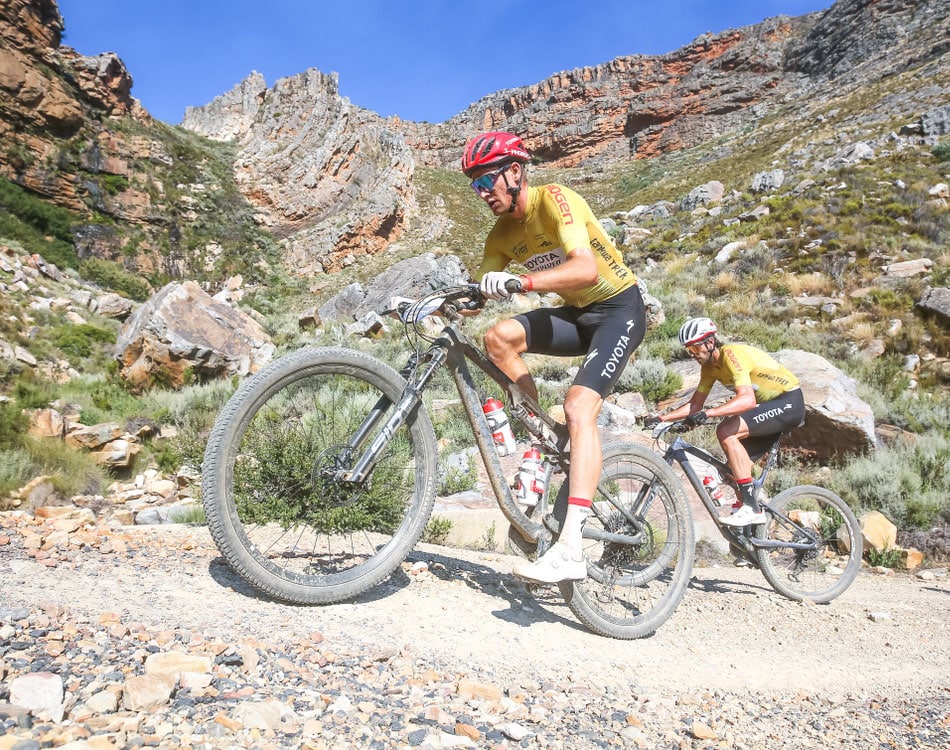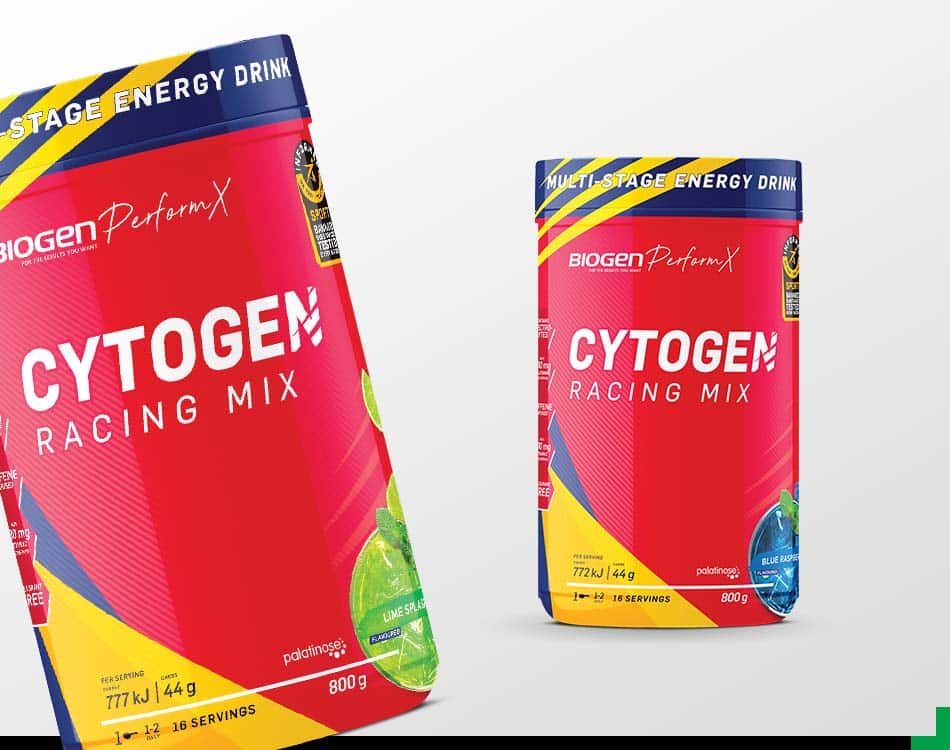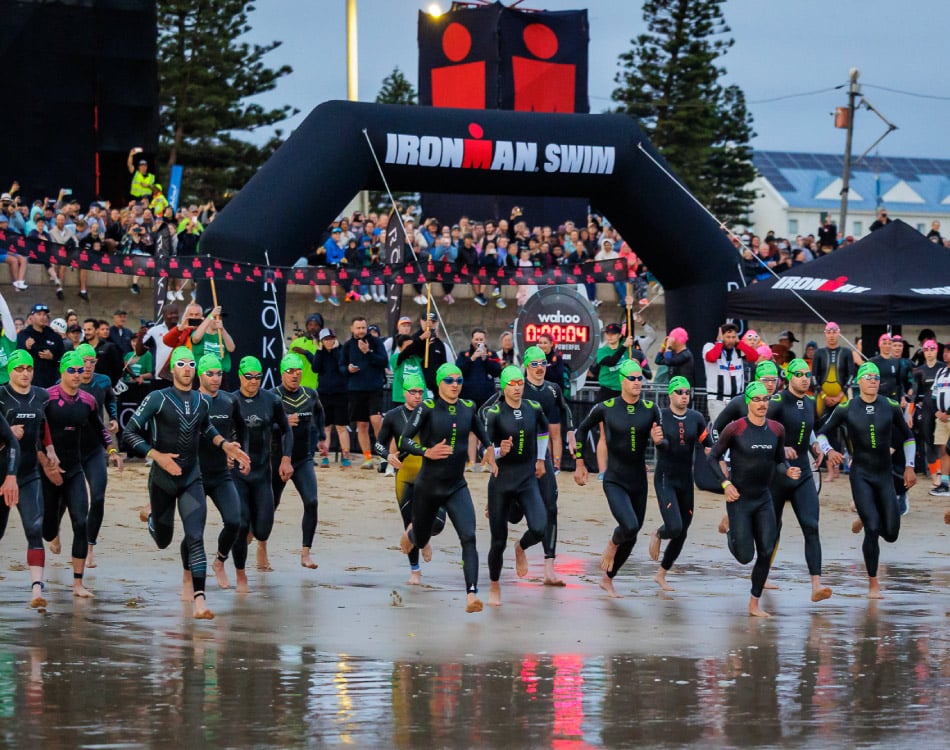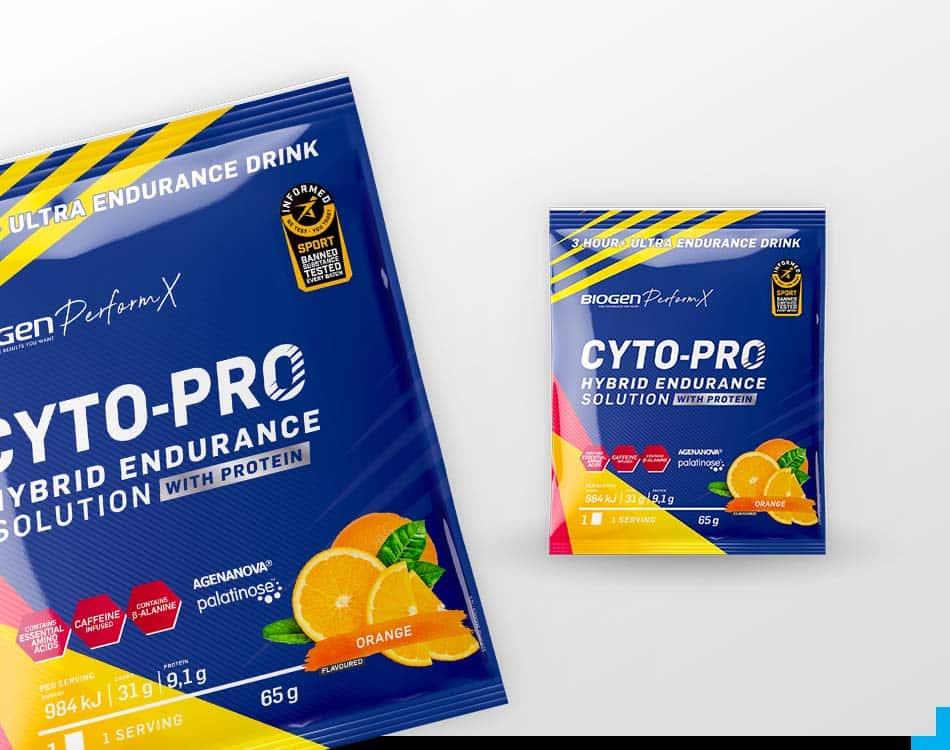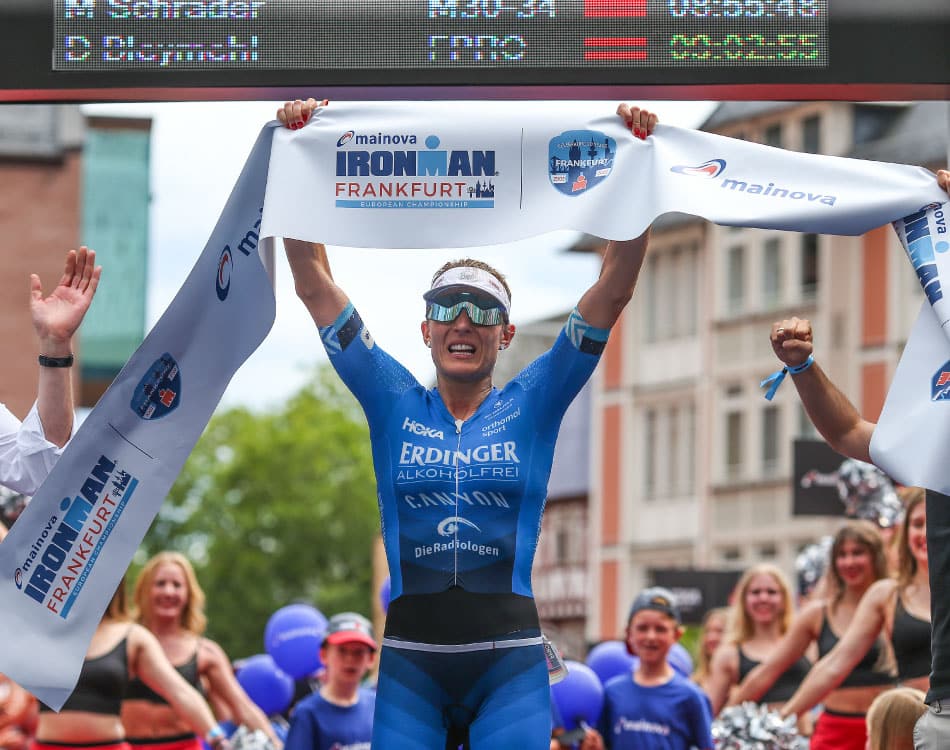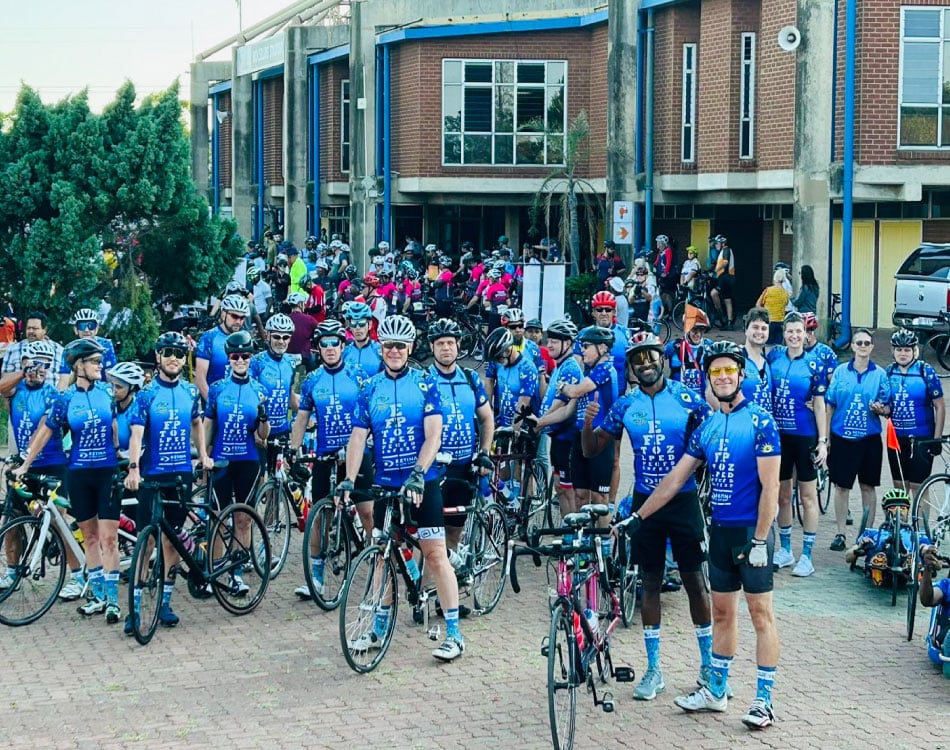There is hope for more mass participation events in the coming months. As training load and volume pick up after an 18-month hiatus, athletes should focus on optimising their recovery to get the most from their training.
That’s because the perfect combination of training volume and intensity, properly periodised with your target race in mind, doesn’t always deliver the desired outcome without adequate recovery.
To extract all the benefits from your training and realise your full potential on race day, you need to support your body with a combination of rest and nutrition immediately following a workout.
READ MORE | Support your recovery after training for optimal endurance performance
Step 1: Eat
Post-workout nutrition is the cornerstone of recovery. The food, drink and supplements you consume after a training session should:
- Replenish spent energy reserves.
- Repair and regenerate damaged soft tissue.
- Trigger new muscle growth and other adaptations.
When you exercise, your body typically breaks down glycogen (carb-derived energy) stores in muscle cells and your liver, as well as stored and ingested fat.
But without proper nutrition, your body will eventually start metabolising protein from muscle to meet your energy needs, especially the longer your training session goes on.
While there are metabolic benefits to training in a low-carb state (you become more efficient at fuelling your efforts with stored or ingested fat), breaking down fat and muscle for energy is less efficient at higher intensities.
READ MORE | Don’t skimp on recovery, it’s vital for peak sporting performance
And constantly training in this way also creates more muscle damage, which increases your recovery demands. As such, optimal post-workout recovery should start as soon as the session ends.
Your main aim at his stage in the recovery process is halting muscle breakdown and kickstarting the processes that repair the muscle damage done during training.
When it comes to post-workout nutrition, timing and meal composition are the most important factors to consider.
It is best to consume a serving of highly bioavailable protein along with some rapidly digested carbohydrates immediately after a training session.
This combination provides your body with amino acids to repair muscle tissue and carbohydrates to replenish depleted glycogen stores in muscle cells and the liver.
And research shows that restoring glycogen and rebuilding protein happen at a faster rate after exercise when you consume your carbohydrates and protein together.
We also now know now that endurance athletes benefit more from a carb and protein drink than the traditional carbohydrate-only option.
While a wholesome whole food meal is generally the best option to meet your nutritional needs in the recovery phase, it’s not always practical to carry food with you.
Many athletes also struggle to get down a meal as their weary leg muscles are still hogging the majority of their blood supply, leaving very little available for the digestive system to function properly.
This is when an intelligently formulated supplement makes sense as they provide the macronutrients you need in liquid form and it is easy to carry around a shaker bottle or a convenient bar.
A product that contains all the essential amino acids along with added leucine – an important anabolic (muscle-building) trigger – are prerequisites for any suitable recovery drink.
READ MORE | Support your sports recovery with dairy
Step 2: Rest
With the nutrition box checked, your focus should shift to rest. Reducing the demands you place on muscle and connective tissues gives them an opportunity to adapt to the training you’ve just done.
This post-workout downtime could include a nap if you have the time. If you’re heading to the office or back home after your session, make sure you keep moving around to promote blood flow.
Sitting down for extended periods after a training session can actually hamper your recovery efforts.
READ MORE | Squeeze your way to better recovery with compression gear
Eating a whole food meal 2-3 hours after your session will support your recovery by supplying your body with another dose of amino acids to sustain the rebuilding process. Add in some natural fats to this meal and with dinner to support the hormonal response that drives the repair process.
Then, add in some active recovery before bed. This could include hot-cold contrasting, foam rolling, mobility drills, stretching or some light massage. Including this step in your post-workout recovery routine will help your body bounce back sooner.
READ MORE | Change the recovery game
Step 3: Sleep
The final step in the post-workout recovery phase is adequate sleep. Aim to get at least 7-9 hours a night. That could mean sacrificing some training time to sleep in when required by those who run in the early morning.
Having followed this simple yet effective three-step process, you should wake up feeling refreshed and ready to repeat the process at your following session.
READ MORE | Can you power up your endurance with protein?






